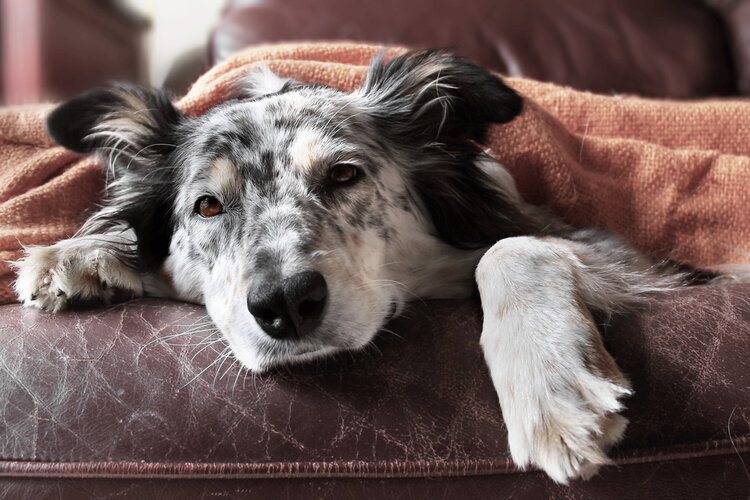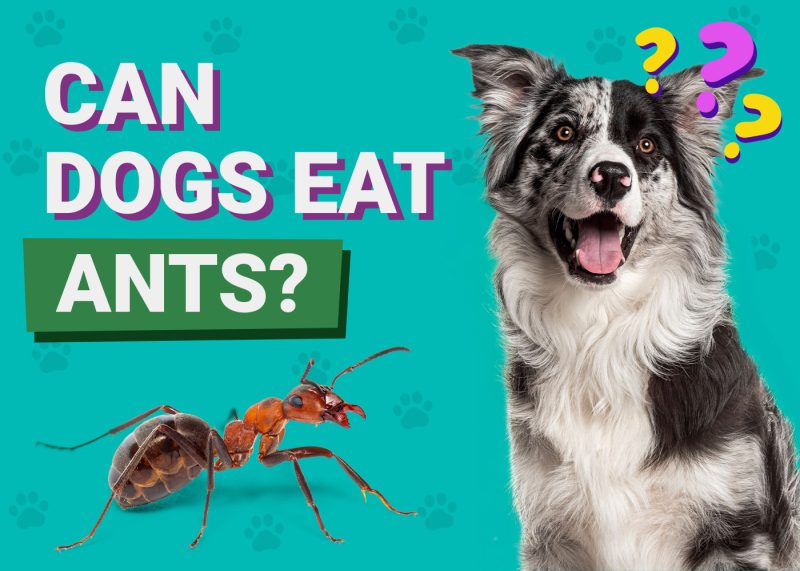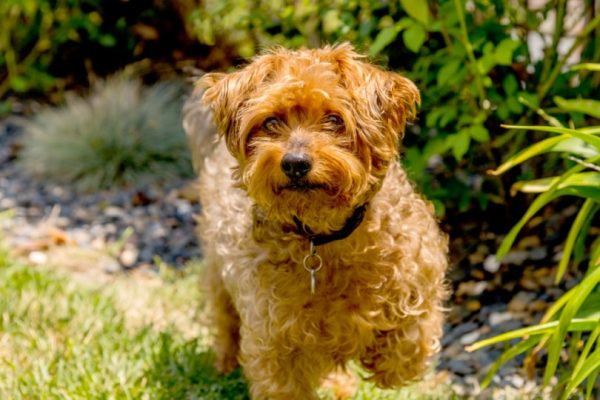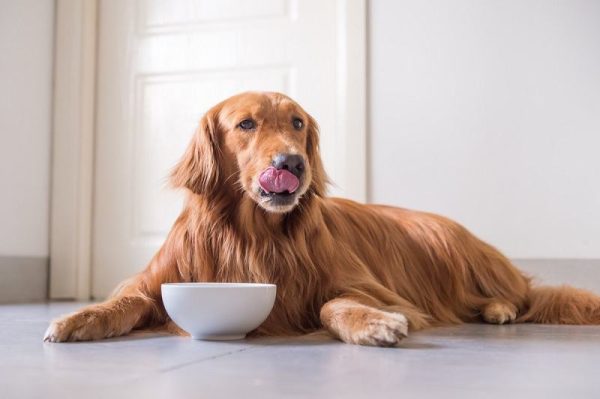In this article
View 4 More +The kidneys serve vital functions in your dog’s health. They help to eradicate dangerous toxins that build up in your dog’s body from normal cell function. Moreover, they also help to maintain the balance of important electrolytes in the body while simultaneously stabilizing blood pressure, regulating calcium equilibrium and excretion, and participating in the production of red blood cells.
When the kidneys fail, all of these important processes get halted in their tracks. This is a serious condition, and it will be fatal for about 60% of dogs that experience kidney failure.1 Of course, kidney failure takes on several forms, and if you pay attention, you might be able to notice some of the signs before it becomes catastrophic. In this article, we will discuss in-depth the signs of kidney failure, how it’s caused, how to prevent it, and how it’s treated after a diagnosis.

Acute Versus Chronic Kidney Dysfunction
There are two ways kidney failure can occur in canines. Acute kidney failure happens very quickly, and it’s often caused by the ingestion of a toxin. Chronic kidney failure, on the other hand, is a long-term condition that takes years to completely take hold, though the early signs are often missed.
Acute Kidney Failure
Acute kidney failure is a rapidly developing condition. Toxins such as household cleaning agents, spoiled food, and antifreeze can all cause acute kidney failure if consumed. Toxins are the most common culprits for acute kidney failure, but there are other possible causes. A clot, for instance, can also result in acute kidney failure as blood flow to the kidneys decreases and they lose oxygen. Furthermore, conditions such as heat stroke, bacterial infections, dehydration, and snake bites can all result in acute kidney failure.
Chronic Kidney Failure
Since chronic kidney failure takes such a long time to develop, it’s most common in older dogs. Early signs of chronic kidney failure are often so mild that they’re not even noticed. This condition is commonly caused by dental disease. When your dog is eating, bacteria that have built up on their teeth get ingested with the food. Eventually, these bacteria begin to impair the kidneys, since they’re designed to filter waste. Other causes of chronic kidney failure include genetics, environmental factors, chronic mild dehydration, or medications.


Signs of Kidney Failure in Dogs
Unfortunately, once renal tissue is damaged, there is no treatment to recover it. Therefore, kidney disease can only be managed to stop or reduce its progression. Sadly, the signs of kidney failure are typically only evident when about 66% of the kidney’s tissue has already been affected. So, to preserve as much of the remaining kidney for as long as possible, it is important to learn what signs to look for:
- Loss of appetite
- Rapid weight loss
- Bloody urine
- No interest in interaction or playtime
- Decreased thirst
- Increased thirst
- More or less frequent urination
- Signs of dental disease (bad breath, ulcers in the mouth, pale gums)
- Vomiting
- Diarrhea

Diagnosing Kidney Failure in Dogs
If you notice your dog displaying any of the signs of kidney failure, you’ll want to contact the vet immediately and take your dog in for assessment. Kidney failure diagnosis usually includes a urinalysis to evaluate kidney function and a blood chemistry analysis to check marker levels of the kidneys and other internal organs’ functions.
During a urinalysis, the vet will be looking for two main indicators of decreased kidney function. One possible indication of kidney failure is a low urine-specific gravity. The amount of protein in urine may also be increased, providing diagnostic signs of potential problems.
A blood chemistry analysis measures the blood for concentrations of two specific waste products or protein metabolism. High levels of blood urea nitrogen and blood creatinine are signs that the kidneys are experiencing a decrease in function. Additional blood tests will be requested to measure the levels of other important substances in the blood, including globulin, potassium, calcium, and blood cell counts. Ultrasounds or X-rays might also be required. This information will give your vet a better idea of the overall picture of your dog’s health, enabling them to pick the best course of treatment with the highest chance of success.
If you are far from a vet clinic and need urgent vet advice and guidance on the best course of action you can chat with a vet online.
If you need to speak with a vet but can't get to one, head over to PangoVet. It's an online service where you can talk to a vet online and get the personalized advice you need for your pet — all at an affordable price!
Treating Canine Kidney Failure
Kidney failure isn’t treated but managed. If your dog’s kidneys have already been severely damaged prior to a kidney failure diagnosis, it’s likely too late for anything to be done. But if you manage to catch the signs of kidney issues early enough, a management treatment can potentially prolong your dog’s life. Often, when caught early enough, kidney disease hasn’t become full-blown kidney failure yet, making it much easier to manage.
The first step in treating kidney failure or disease is to address the state of the damage, and there are four different stages. The treatment will depend on both the stage and the underlying cause of the kidney failure.
As part of the treatment, It will be necessary to flush out the kidneys and blood. In dogs with failing kidneys, the blood has toxins that have been building up over time, and they will need to be removed. This is attained by the administration of IV fluids and diuresis. Once completed, the healthier environment will enable the kidney cells that aren’t too damaged to begin properly functioning again. If you’re lucky, there may even be enough working cells left in the kidneys to continue normal processes and keep your dog’s body running after the toxins are removed.
Once the blood and kidneys are devoid of dangerous toxins, medications and additional treatments for disease management will need to be administered. The goal of this second treatment phase is to help the kidneys continue functioning for as long as possible. This phase will likely include fluid and electrolyte replacement therapy and changes to your dog’s diet in the form of a low protein and phosphorus diet to help reduce metabolic toxins and protein wastes. To control signs like nausea and vomiting and to regulate the parathyroid gland and calcium levels, a range of medications, including phosphate binders, blood pressure medication (to help lessen the degree of proteinuria), fluid therapy, and bone marrow stimulators, may also be used, depending on your dog’s condition and the severity of the damage.
With proper care and a little bit of luck, your dog could live many happy years after dealing with kidney disease or failure.
However, keep in mind that in cases where too much of the kidney’s tissue has already been damaged, a procedure known as continuous renal replacement therapy or even intermittent hemodialysis might be necessary, though at this point, the prognosis is guarded.
Being familiar with the signs of this disease and getting your dog checked by the vet as soon as you notice anything concerning will increase the likelihood of your dog being around for longer.

Preventing Kidney Failure
Although kidney failure and kidney disease are sometimes manageable conditions, the best form of treatment is prevention. Granted, some factors will be out of your control, but there are many things you can do to reduce the chances of your dog experiencing kidney failure.
Remember that acute chronic failure is most often caused by the ingestion of toxins. So, to help prevent this, you’ll need to store all cleaners and chemicals in a safe place that can’t be reached by your dog. They need to be high up where your dog can’t reach or behind locked doors that your dog can’t enter.
You also need to ensure that potentially dangerous foods, such as grapes or raisins, are kept in places where your dog can never get to them. Another important precaution is to ensure that your dog has no access to your OTC or prescription medications.
Chronic kidney failure is also commonly caused by dental disease, so one way to prevent this is by making your dog’s dental health a top priority. Brush their teeth regularly, and take them to get a dental check and professional cleaning as needed. You can also ask your vet for more instructions on how to best provide dental care for your dog.

Conclusion
Kidney failure is a serious condition that often leads to death. Knowing the signs of kidney disease and failure can help you spot it before the kidneys shut down completely. When it’s caught early enough, there’s a good chance that your dog can have many years of a healthy and happy life with proper treatment and a management plan. However, if it progresses too far, by the time that it’s diagnosed, it will already be too late. Make sure to keep chemicals, cleaners, OTC medications, and foods that are toxic to dogs locked up or out of reach, and keep up with your dog’s dental health if you want to prevent kidney problems from ever occurring.
See also:
- Best Dog Foods for Kidney Disease (Vet Approved) – Reviews
- Why Raisins & Grapes Are Toxic To Dogs (Vet Answer)
Featured Image Credit: Lindsay Helms, Shutterstock



















